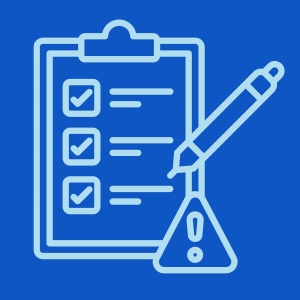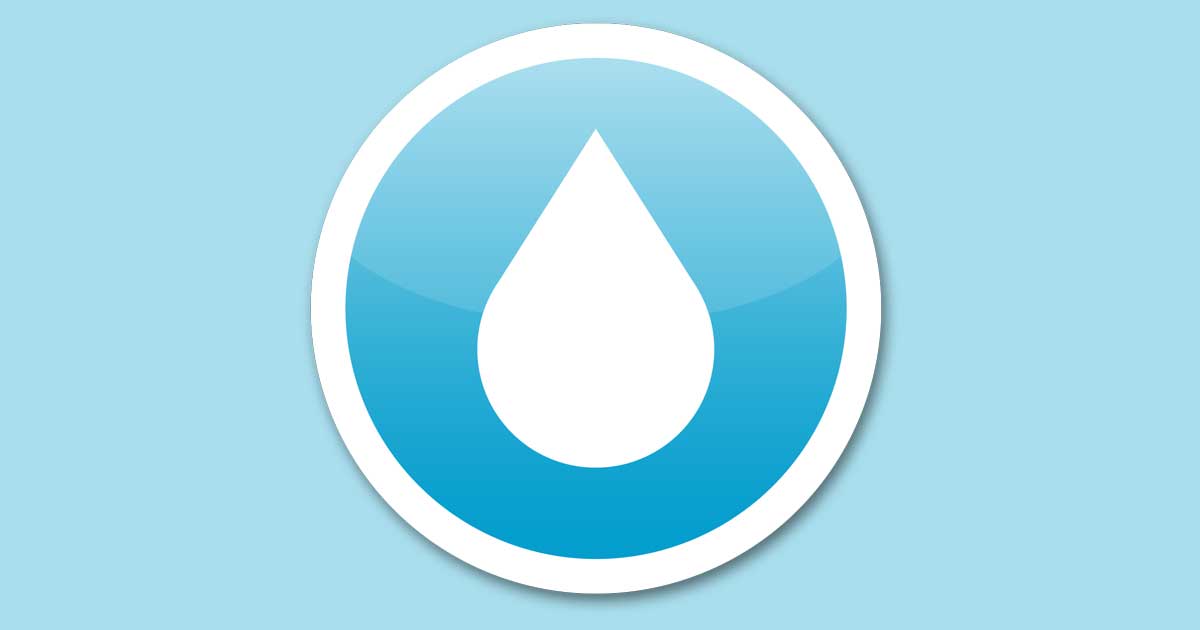The Role of Water in Preparedness: Essential Kits for Every Season
September 02, 2025

September is National Preparedness Month, a time to reflect on how ready we are for unexpected events. Whether it's severe weather, a natural disaster, or a power outage, one thing is for certain: water plays a crucial role in our preparedness plans.
Without it, survival in an emergency becomes far more difficult. That's why having a well-stocked water supply, along with essential safety kits, is a key part of any emergency preparedness plan.
The Importance of Water in Preparedness
Water is essential for hydration, cooking, cleaning, and even hygiene during emergencies. In any emergency situation, access to clean water can be limited. That’s why you should aim to store at least one gallon of water per person per day for a minimum of three days. This can go a long way in ensuring you’re ready for a variety of emergencies—whether you’re stuck at home due to a winter storm or on the road during a power outage.
When creating your preparedness kits, always prioritize water storage and make sure you have clean, safe drinking water readily available.
Essential Preparedness Kits for Every Season
Winter Car Safety Kit
During the colder months, your car becomes an essential tool for staying mobile and safe, but it also poses unique challenges. Winter storms can leave you stranded on the road, and the cold temperatures can make emergencies more dangerous. A winter car safety kit is a must-have for every vehicle.
What to include:
-
Water - Keep bottled water in your car. In winter, the need for hydration may be less obvious, but you’ll still need it.
-
Thermal Blankets - Stay warm with emergency thermal or Mylar blankets.
-
Hand Warmers - Great for keeping your hands and body warm in an emergency.
-
Non-perishable Snacks - High-energy snacks like granola bars, nuts, and dried fruit.
-
Flashlight - With extra batteries.
-
Jumper Cables - To help start your car if the battery dies.
-
Shovel and Ice Scraper - For digging out your car or clearing ice.
-
Road Flares or Reflective Triangles - To signal for help if you’re stuck.
Summer Car Safety Kit
In the summer, the primary risks involve heat, dehydration, and getting stranded during a heatwave or a storm. Having a summer car safety kit is essential for those hot months, especially in areas prone to extreme weather.
What to include:
-
Water - Make sure to pack extra water in the car, especially during a summer road trip.
-
Sunscreen - Protect yourself from harmful UV rays if you’re waiting for help outdoors.
-
First Aid Kit - Include items like band-aids, antiseptic wipes, and pain relievers.
-
Cooling Towels or Gel - Helps reduce body temperature in extreme heat.
-
Portable Fan - A small, battery-operated fan can help cool down a hot vehicle.
-
Umbrella - For sun protection while waiting for assistance.
Power Outages Pantry Kit
Power outages can occur at any time, leaving you without lights, heat, or even access to appliances. Having a power outages pantry kit ensures you’ll be able to stay fed and hydrated during a blackout, and water plays a central role.
What to include:
-
Bottled Water - At least one gallon of water per person, per day for at least three days.
-
Non-perishable Food - Canned foods, dried fruits, and energy bars that don’t need refrigeration.
-
Manual Can Opener - To open canned goods if the power is out and you can't use an electric can opener.
-
Battery-Powered or Hand-Crank Radio - To stay informed about the situation.
-
Flashlight with Extra Batteries - Ensure your flashlights are fully stocked for lighting in the dark.
-
Portable Stove or Camping Stove - For cooking without power.
-
First Aid Kit - Just in case someone gets injured.
Home Safety Kit for First Aid
Accidents happen, and it’s important to be prepared with a well-stocked first aid kit at home. Whether you're dealing with a small cut, a sprained ankle, or a more serious emergency, your first aid kit can be a lifesaver. Water plays a role here as well, especially for cleaning wounds and staying hydrated during recovery.
What to include:
-
Sterile Water or Saline Solution - For cleaning wounds or cuts.
-
Band-Aids and Gauze Pads - To cover cuts and abrasions.
-
Antiseptic Wipes - For disinfecting injuries.
-
Burn Cream - To treat minor burns.
-
Pain Relievers - Such as ibuprofen or acetaminophen.
-
Thermometer - To monitor fever.
-
Scissors and Tweezers - For cutting gauze or removing splinters.
National Preparedness Month is the perfect time to review and refresh your emergency preparedness kits. Water is an essential element of all these kits; whether you’re preparing for a winter car emergency, a summer heatwave, a power outage, or basic first-aid situations. Stay hydrated, stay safe, and make sure you’re always ready for the unexpected!
Article Sources:
Drinking water supply for communities affected by natural disaster emergencies: a qualitative study
Preparing for Hurricanes or Other Tropical Storms
